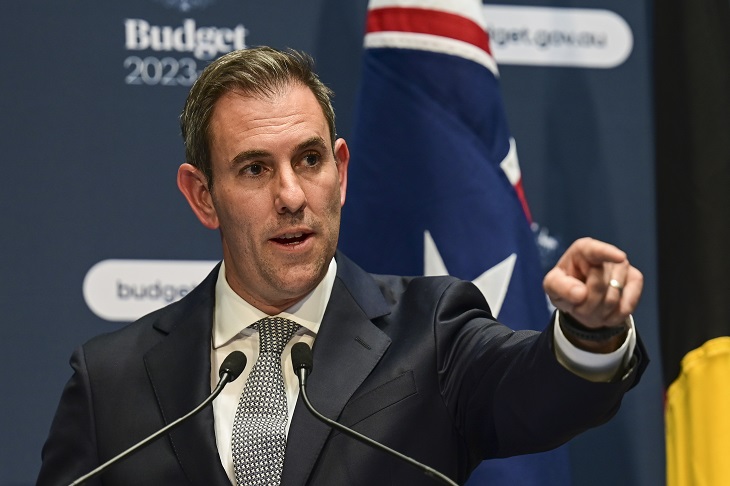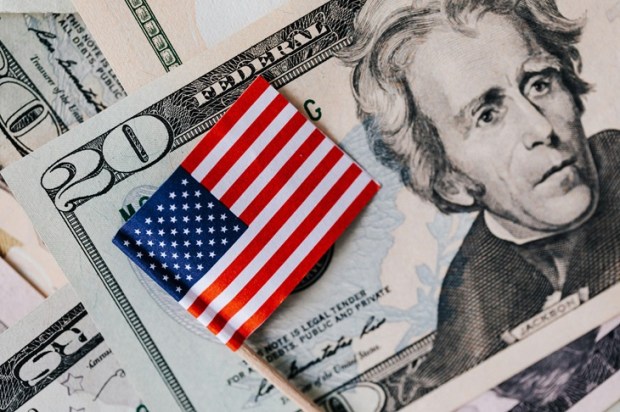CPI took a rapid jump down in March in Europe and now sits at 2.4 per cent, whilst the UK still waits with it currently at 3.4 per cent. Debate as to whether the Federal Reserve ought to adjust interest rates remains strong. However, with US inflation sitting at 3.5
Already a subscriber? Log in
Subscribe for just $2 a week
Try a month of The Spectator Australia absolutely free and without commitment. Not only that but – if you choose to continue – you’ll pay just $2 a week for your first year.
- Unlimited access to spectator.com.au and app
- The weekly edition on the Spectator Australia app
- Spectator podcasts and newsletters
- Full access to spectator.co.uk
Or


























Comments
Don't miss out
Join the conversation with other Spectator Australia readers. Subscribe to leave a comment.
SUBSCRIBEAlready a subscriber? Log in